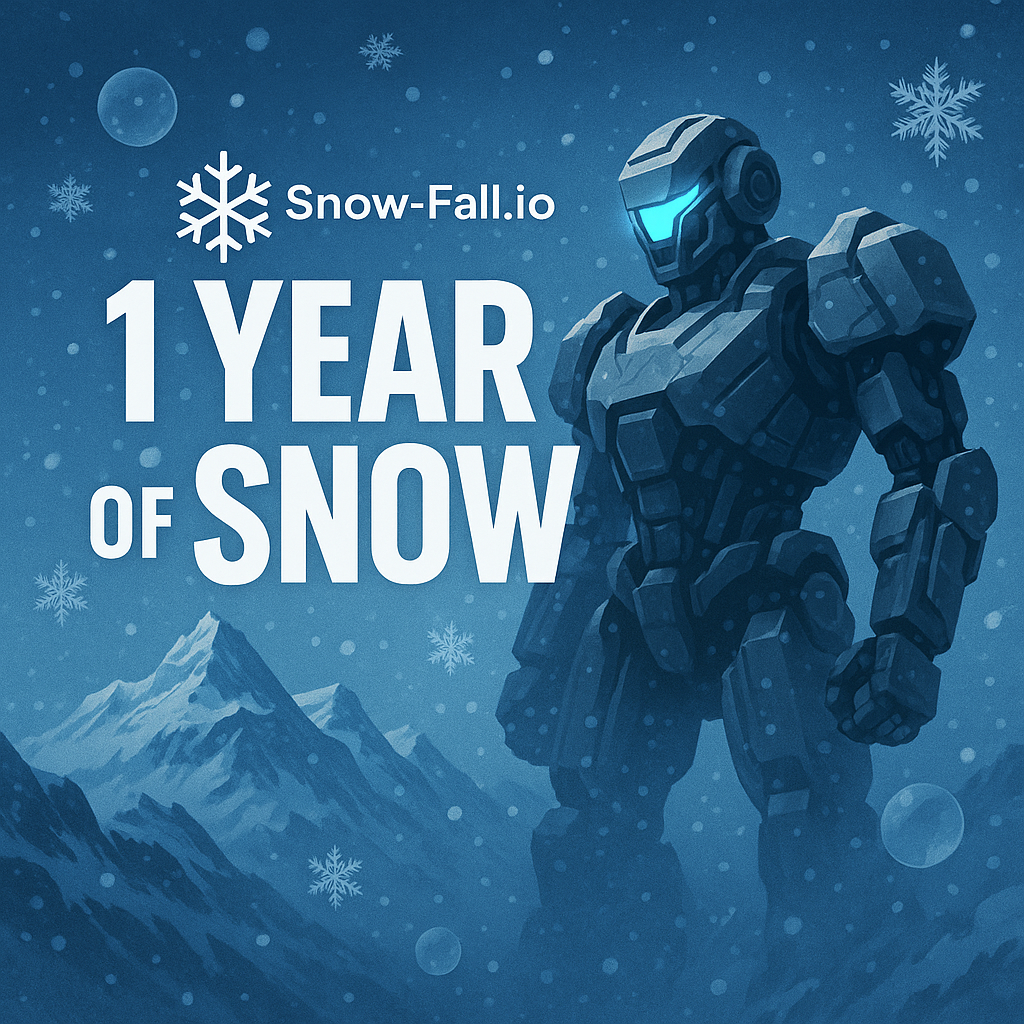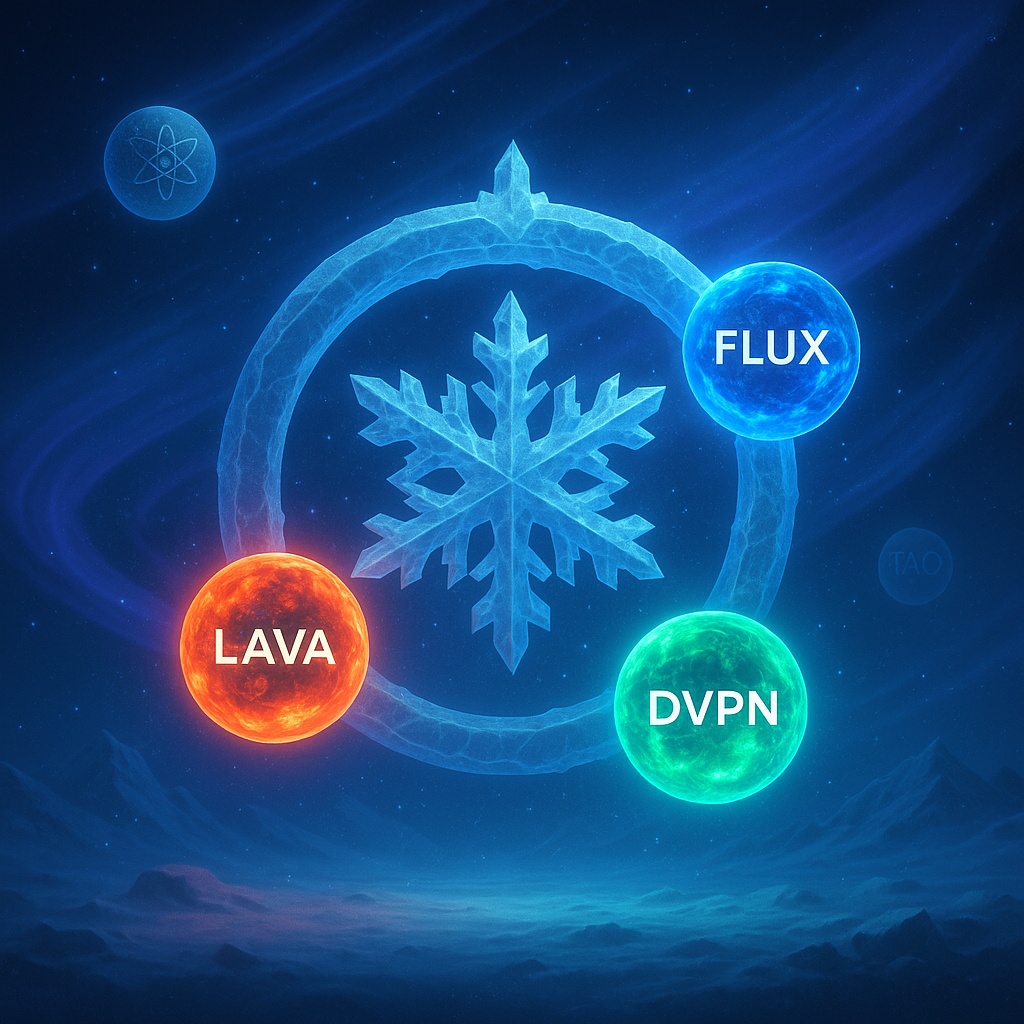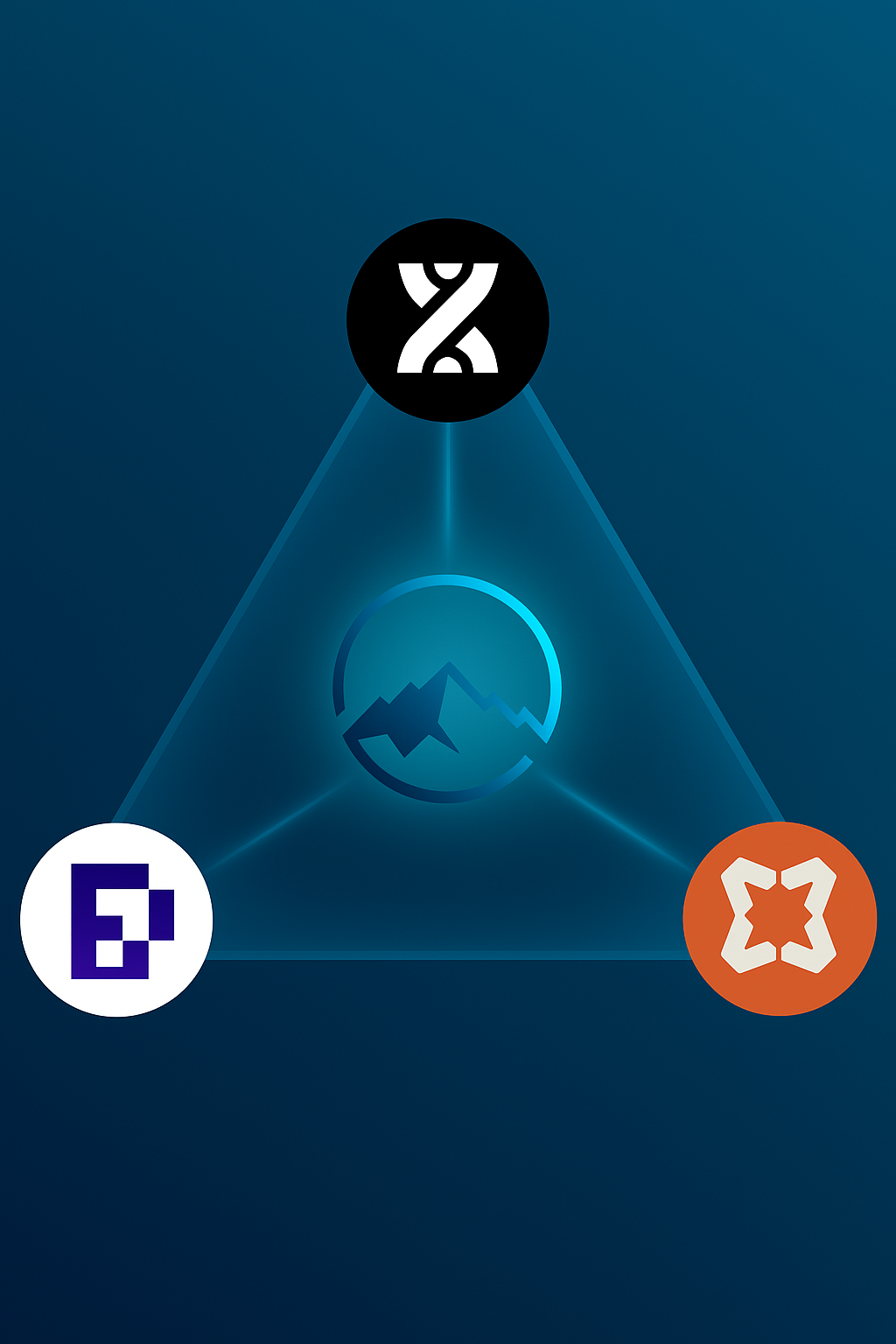For years, Masternodes.online was the go-to reference for anyone interested in masternodes.
At a glance, you could see the ROI, the required collateral, and the number of active nodes.
But since the site stopped being updated, a void has appeared. Both curious newcomers and seasoned investors are left without that simple compass.
So, how can one tell today whether a node is worth launching?
The end of an era
Masternodes.online offered a clear view:
- ROI displayed front and center,
- entry cost (collateral),
- state of the network.
This simplicity was its strength.
But it also had limits: a very short-sighted approach, focused solely on returns, without real context on project quality.
What’s missing today?
Since MNO disappeared, evaluating masternodes has become blurry.
Yet several criteria can (and should) be considered:
- Collateral & entry cost → how much do you need to lock?
- Token price & liquidity → can you enter/exit easily?
- Rewards & stability → steady or unpredictable?
- Roadmap & team → credible project or ghost chain?
- Network strength → security, decentralization, real activity.
But beyond numbers, other factors now matter.
Towards new indicators
🔹 Financial
- Trading volume (real liquidity).
- Market cap (size & stability).
- Token volatility (risk).
🔹 Community
- GitHub activity and social engagement.
- Real user base.
- Governance: open or locked?
- Team’s long-term commitment.
A masternode should no longer be judged by ROI alone, but by its entire ecosystem.
What alternatives for tomorrow?
The disappearance of MNO opens the way for new kinds of compasses:
- Modern dashboards, updated in real time.
- Evolving rankings (established projects, mid-tier, emerging).
- Clear project sheets, accessible to all.
- Comparison tables to choose between options.
- Community rankings, powered by operators and delegators themselves.
The parallel with PoS staking
Proof of Stake followed a similar path: at first, only the APR mattered.
Today, people also consider:
- security,
- governance,
- utility within the ecosystem.
Applying these “mature” criteria to masternodes could change perceptions and bring new momentum.
Different profiles, the same need for clarity
It’s also important to recognize that not all investors are the same.
Some prioritize safety, like a family father protecting his capital.
Others are willing to gamble big, like those betting on memecoins hoping for a jackpot.
Masternodes reflect this duality: some solid projects bring stability, others more speculative ones promise explosive returns.
👉 The future Masternodes.online should provide a clear, balanced view for all these profiles.
But the final click will always remain in the hands of the investor — whether cryptoboy or cryptogirl.
🚀 The beginning of a new adventure
What if the end of Masternodes.online wasn’t the end, but the beginning?
Rather than longing for a frozen tool, maybe it’s time to build something richer and collective:
- Transparent rankings.
- Broader indicators.
- Community feedback.
- A long-term vision.
It’s time to invent a new reference, one that fits 2025.
A titanic but necessary effort
Let’s be realistic: centralizing all this information won’t happen overnight.
An “MNO V2” will be a massive undertaking, especially for a small team.
Collecting the data, keeping it updated, and presenting it in reliable rankings will take time, method, and active community involvement.
Several models are possible:
- A community model → collective work, possibly funded in part by projects themselves (e.g., providing collateral to the community to launch nodes). This is the “ideal” vision, almost utopian, where everything is beautiful and collaborative.
- A paid but neutral model → some projects could pay to be listed, without affecting the evaluation. Editorial independence would remain guaranteed.
- Other hybrid approaches → to be invented together with the community.
What’s certain is that transparency and neutrality must remain at the core, whichever model is chosen.
Nodes and validators are not dead
Some say masternodes are a thing of the past. That’s wrong.
Certain so-called “dyno” projects are still alive, solid, and continue to provide passive income today.
Likewise, Proof of Stake validators still play a key role in modern blockchains.
👉 At Snow-Fall.io, we see it every day: nodes, validators, IBC relayers, infrastructures on Cosmos, Algorand, Flux, Sentinel — passive income still exists, and serious projects continue to move forward.
The key is not declaring a model dead, but separating the noise from real opportunities.
🧭 A manifesto for transparency
To build this new compass, let’s set a few simple principles:
- Don’t reduce a masternode to ROI alone.
- Value project transparency.
- Give investors real clarity.
- Build together with the community.
And now, to you!
👉 What would you like to see rise after Masternodes.online?
- Regular rankings?
- Detailed project sheets?
- A collaborative community platform?
We’re launching this reflection today. In the coming weeks, we’ll propose a first prototype based on your feedback.
🔹 Tell us what you expect.
🔹 Share your ideas.
🔹 Let’s build together the new compass for masternodes.
📩 Get in touch & join the discussion:









